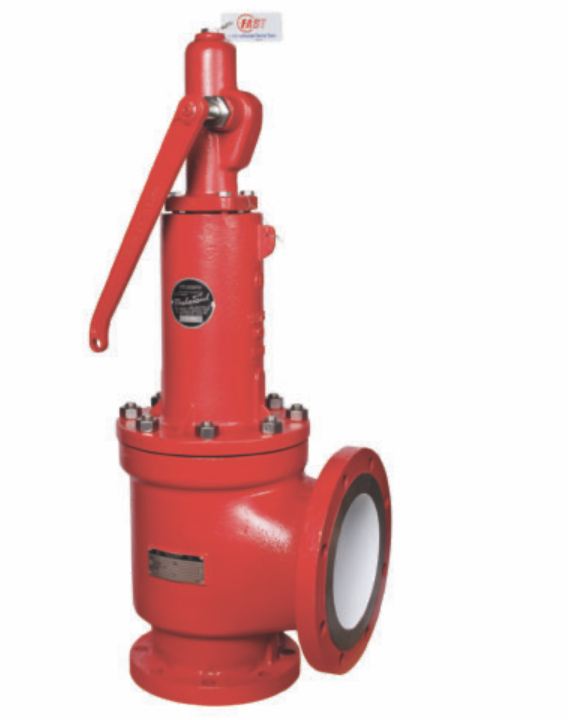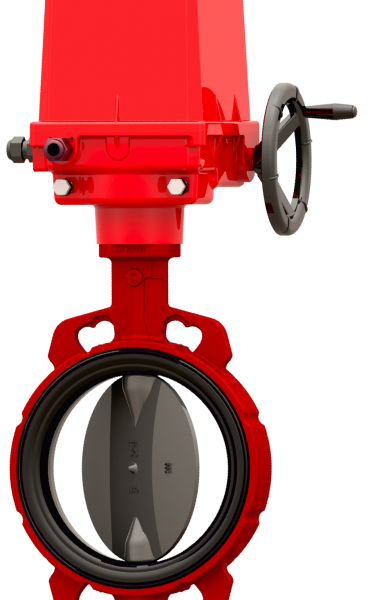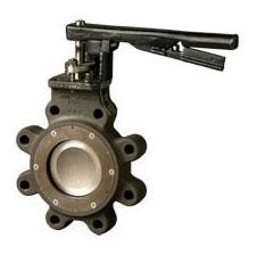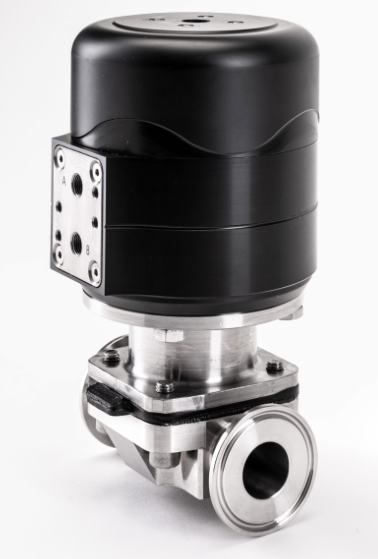API 526 Relief Valve in Oil & Gas Applications: Why It’s the Go-To Standard
In the oil and gas industry, every component in a pressurised system has to earn its place. From upstream exploration to downstream refining, safety is paramount, and downtime is costly. That’s why the API 526 relief valve has become the benchmark for over-pressure protection.
At Heaps, we supply and support these valves every day, and we’ve seen first-hand why engineers and operators around the world trust this standard above all others.
API 526 Relief Valve: The Standard Everyone Knows
The API 526 relief valve specification, created by the American Petroleum Institute, defines the key dimensions, pressure/temperature ratings and performance requirements for flanged steel pressure relief valves. By setting a common framework for centre-to-face dimensions and orifice sizes, API 526 makes it easier for operators to source and interchange valves without re-engineering their piping or supports.
That consistency is more than a convenience; it’s a safety measure. When you’re running a refinery or offshore platform, you can’t afford uncertainty about how a valve will fit or perform. An API 526-compliant valve assures you that whichever manufacturer you choose, the critical interfaces are standardised and tested.
Why Oil & Gas Operators Depend on API 526 Relief Valves
Oil and gas operations push equipment to extremes:
- High Pressures and Temperatures: Production wells, separators and steam systems can reach hundreds of bar and temperatures up to 400 °C.
- Corrosive Media: Sour gas, hydrogen sulphide and aggressive hydrocarbons demand robust materials.
- Regulatory Oversight: Refineries and petrochemical plants are bound by stringent ASME, PED and local safety codes.
The API 526 relief valve is built for these realities. Its flanged steel design handles wide pressure and temperature ranges, and the standard requires rigorous testing to ensure consistent lift and re-seat performance. When a valve is protecting a multi-million-pound pressure vessel, that reliability is non-negotiable.
Heaps’ API 526-Compliant Solutions
At Heap and Partners, we supply the Farris 2600 and 2600L Series spring-loaded safety valves, fully conforming to API 526. These valves combine the universal dimensions of the standard with the engineering precision that critical industries demand.
Key features include:
- Broad Material Selection: Carbon steel, stainless steel and high-temperature alloys for compatibility with everything from sweet gas to highly corrosive sour service.
- Wide Pressure Range: Designed to protect systems operating from low set points to the very high pressures common in modern refineries and offshore platforms.
- Flexible Sealing Options: O-ring seats and other configurations to achieve tight shut-off and handle challenging media.
Because these valves match the API centre-to-face dimensions, they can replace or upgrade existing units without piping modifications, a major advantage during turnarounds or emergency replacements.
Global Regulatory Expectations
Regulatory agencies in oil and gas expect not only API 526 compliance but also adherence to other international codes. Our Type 526 pressure relief valve conforms to the ASME Boiler and Pressure Vessel Code and meets CE requirements under the EU Pressure Equipment Directive. This dual certification is crucial for operators working across regions or exporting refined products internationally.
By choosing Heaps’ API 526-compliant valves, operators demonstrate due diligence to inspectors and insurers, reducing risk and smoothing audits.
Typical Oil & Gas Use-Cases
The versatility of an API 526 relief valve means it can be found throughout upstream, midstream and downstream operations:
- Production Wellheads and Gathering Systems: Protecting separators and flow lines from pressure spikes.
- Gas Processing Plants: Safeguarding cryogenic exchangers and amine treaters from sudden upsets.
- Refinery Units: Critical on hydrocrackers, reformers and distillation columns where heat and pressure fluctuate rapidly.
- Petrochemical Facilities: Defending polymer reactors and storage spheres from runaway reactions or external fire exposure.
Each of these environments carries the possibility of over-pressure incidents that could threaten equipment, personnel and the environment. An API-standard valve is the last barrier before an event becomes catastrophic.
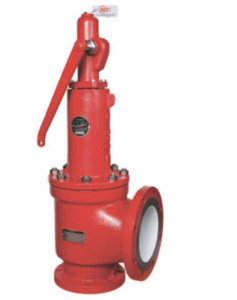
Installation and Maintenance Considerations
Even the best valve requires proper installation and care:
- Correct Sizing: Follow API capacity tables and perform precise calculations based on relieving scenarios.
- Orientation and Drainage: Ensure the discharge piping avoids liquid accumulation and back pressure.
- Regular Testing: Bench testing and on-site inspection confirm that set pressure and blowdown remain within tolerance.
Our engineers provide guidance and field support to help maintenance teams plan these activities and keep systems fully compliant.
Partnering with Heaps
For more than a century, we have been a trusted supplier of engineered valves to the UK and international oil and gas sector. We combine deep technical expertise with a responsive supply chain, ensuring that our customers receive the right valve, in the right material, at the right time.
Whether you are planning a new refinery unit, retrofitting an offshore platform, or scheduling a major turnaround, our team can help you specify and source API 526 relief valves that meet every operational and regulatory requirement.
Protect Your Assets with Certified API 526 Relief Valves
When the pressure is on, there is no substitute for a proven standard. The API 526 relief valve offers the dimensional consistency, material flexibility and global recognition that oil and gas operations need to stay safe and productive.
Explore our full range of API 526-compliant products or speak to a Heaps engineer today to discuss the best solution for your system.
Contact us for further information.

